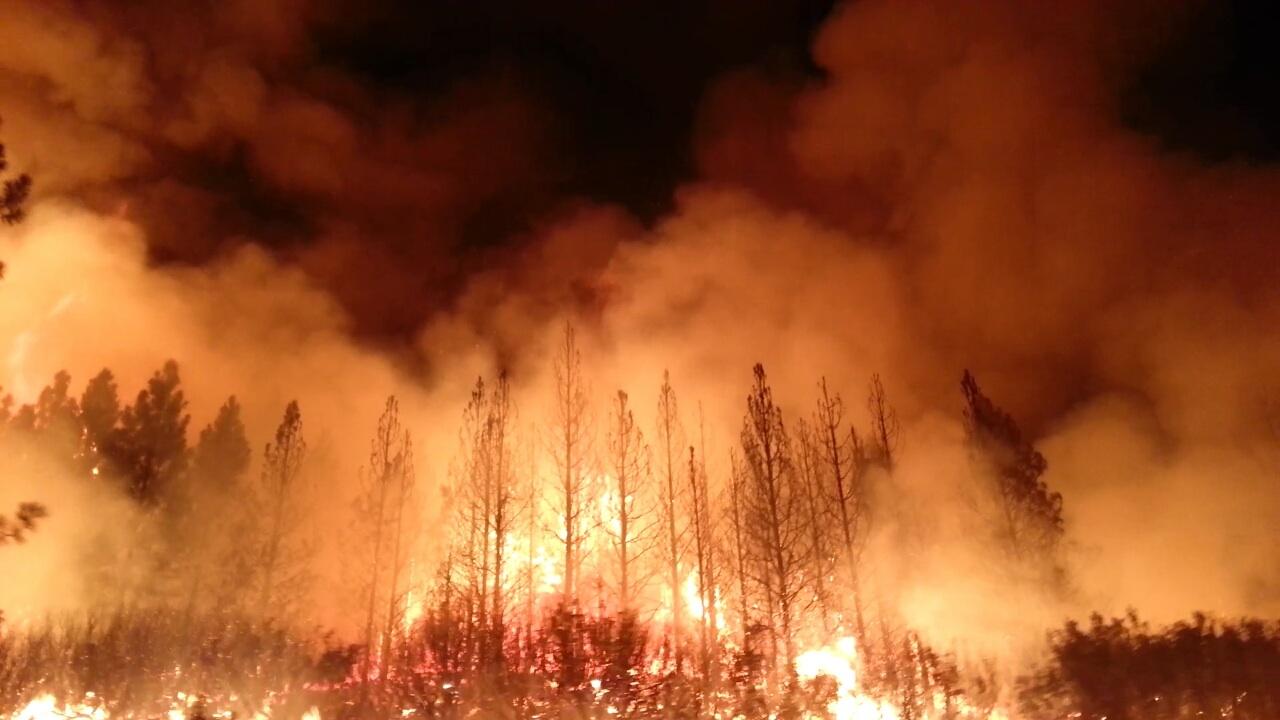
Air transport, first achieved in December 1903, reached an important milestone in December 2021. United Airlines flew a commercial jet with a full complement of guest passengers entirely on renewable, non-fossil, fuel derived from sugar and corn. The flight Chicago ORD to Washington DCA flight carried 100 passengers using 100% sustainable fuel (SAF). The achievement followed United’s 2019 Flight for the Planet demonstrating biofuel blend energy, zero cabin waste, and carbon offsetting. The 2021 United success also announced new partners in the Eco-Skies-Alliance, and a pledge to purchase non-petroleum feedstocks to deliver the same performance of petroleum-based jet fuel but with a much smaller environmental effect.
Sugarcane ethanol is produced by fermenting sugarcane juice and molasses. Brazil and the USA are among the world areas engaged in biofuel production from sugar and corn, with scientific innovations on fermentative processes. There are concerns about land use for biofuel, and deforestation, but SAF remains an important element in new energy options. Brazil is a leader in sugar-based fuel, while U.S. expertise is mainly in corn. (Kang and Lee 2015). The U.S. biofuel industry has created 68,000 jobs, produced 17 billion gallons of sustainable fuel, and saved 544 million metric tons of Co2 from entering the atmosphere. (Minos 2021)

While biofuels are arguably not as clean and green as electric or solar flight (achieved by small commuter planes such as eGenius), sustainable fuel is a practical step because it works with existing flight infrastructure like aircraft engines, refueling equipment, maintenance, and airport design.”SAF can be 100% compatible with our current aviation fleet and infrastructure,” observed Dave Kettner of Virent, among the partners who flew on the historic occasion, joined by World Energy biofuel producer and distributor, Boeing, CFM International, and U.S. Department of Energy’s Bioenergy Technologies Office. Electric vehicles may be the answer for automobiles, buses, and trucks: the U.S. Federal Highway System and other major roads of the world will be rebuilt with charging stations and lanes for autonomous vehicles. The Canadian Pacific Railway or Japan’s Shinkansen can be adapted for maglev, electric, or hyperloop trains. But maritime shipping and aviation are not as easily converted from fossil fuels. Air transport has just taken an important step toward a more sustainable future.
Kang, Aram and Taek Sooon Lee. “Converting sugars to biofuels: ethanol and beyond.” 27 October 2015. Bioengineering. doi: 10.3390/bioengineering2040184.
Lewandowski, Jan. “Building the Evidence on Corn Ethanol’s Greenhouse Gas Profile.” 29 July 2021. U.S. Department of Agriculture. https://www.usda.gov/media/blog/2019/04/02/building-evidence-corn-ethanols-greenhouse-gas-profile
McCue, Dan “United Airlines makes history flying the most eco-friendly commercial flight of its kind.” 11 June 2019. Renewable Energy Magazine. https://www.renewableenergymagazine.com/biofuels/united-airlines-makes-history-flying-the-most-20190611
Minos, Scott. “United Airlines first passenger flight using 100% sustainable aviation fuel is officially off the ground!” 1 December 2021. U.S. Department of Energy. https://www.energy.gov/energysaver/articles/united-airlines-first-passenger-flight-using-100-sustainable-aviation-fuel
Smithsonian National Air and Space Museum. “Inventing a flying machine.” https://airandspace.si.edu/exhibitions/wright-brothers-online/fly/1903/
United Airlines. “United to become first in aviation history to fly aircraft full of passengers using 100$ sustainable fuel.” 1 December 2021. United Airlines News Release. https://www.prnewswire.com/news-releases/united-to-become-first-in-aviation-history-to-fly-aircraft-full-of-passengers-using-100-sustainable-fuel-301435009.html
World Energy. https://www.worldenergy.net
Building the World Blog by Kathleen Lusk Brooke and Zoe G. Quinn is licensed under a Creative Commons Attribution-NonCommercial-NoDerivs 3.0 Un
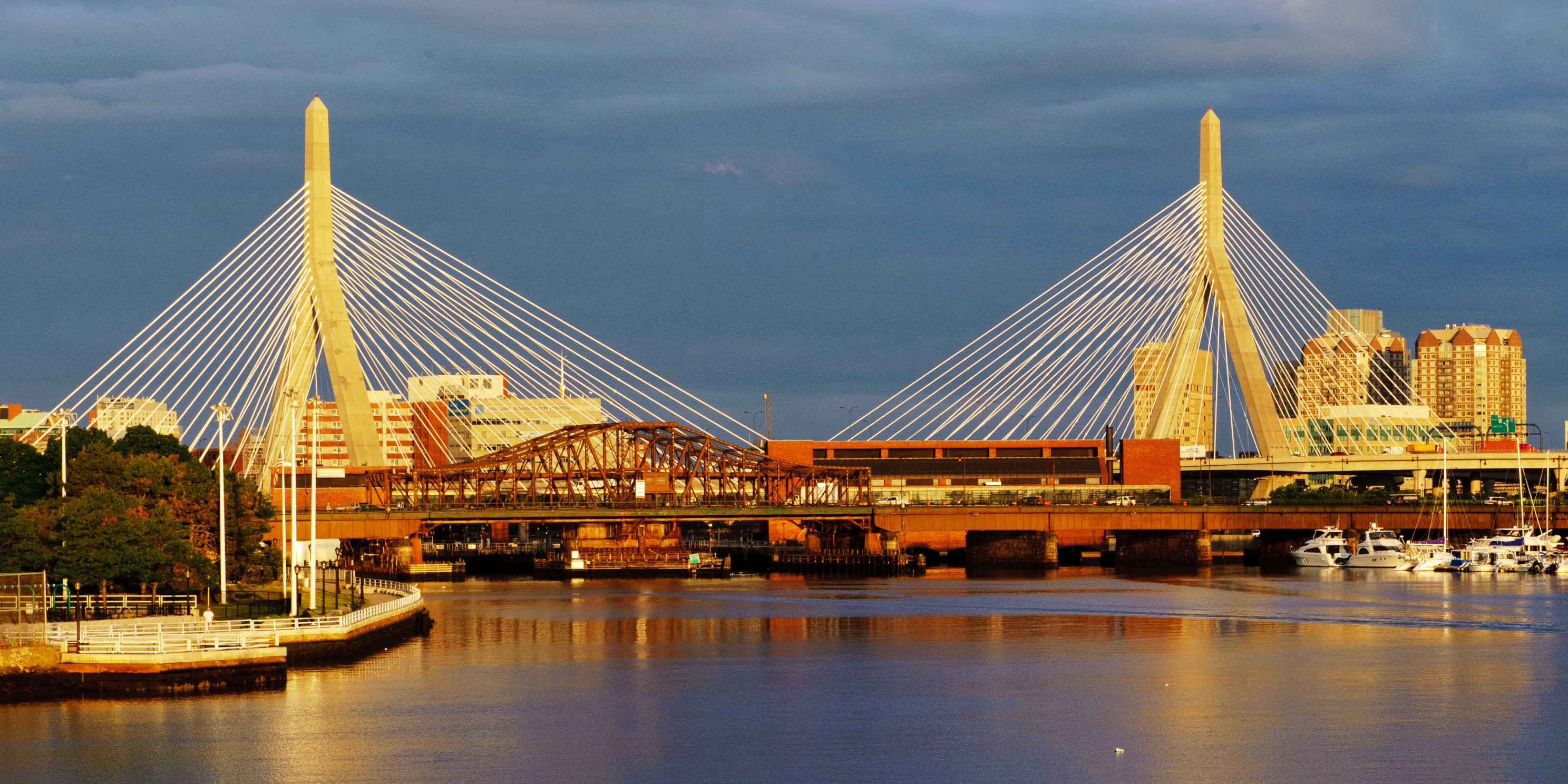




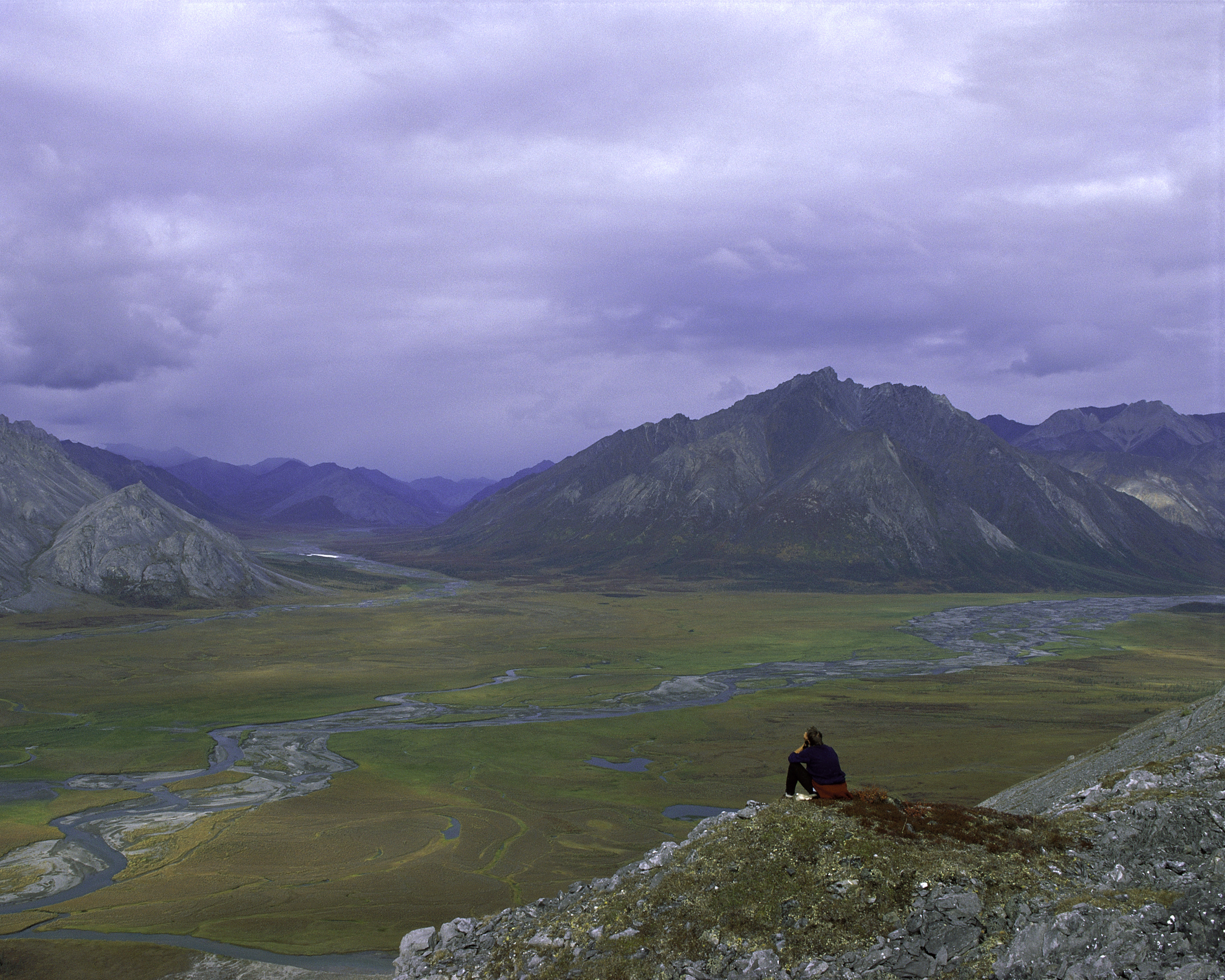






 “Vestas V90-3MW Wind Turbine of Kentish Flats Offshore Wind Fram, Thames Estuary, UK” by Phil Hollman, 2006. Wikimedia Commons.
“Vestas V90-3MW Wind Turbine of Kentish Flats Offshore Wind Fram, Thames Estuary, UK” by Phil Hollman, 2006. Wikimedia Commons.
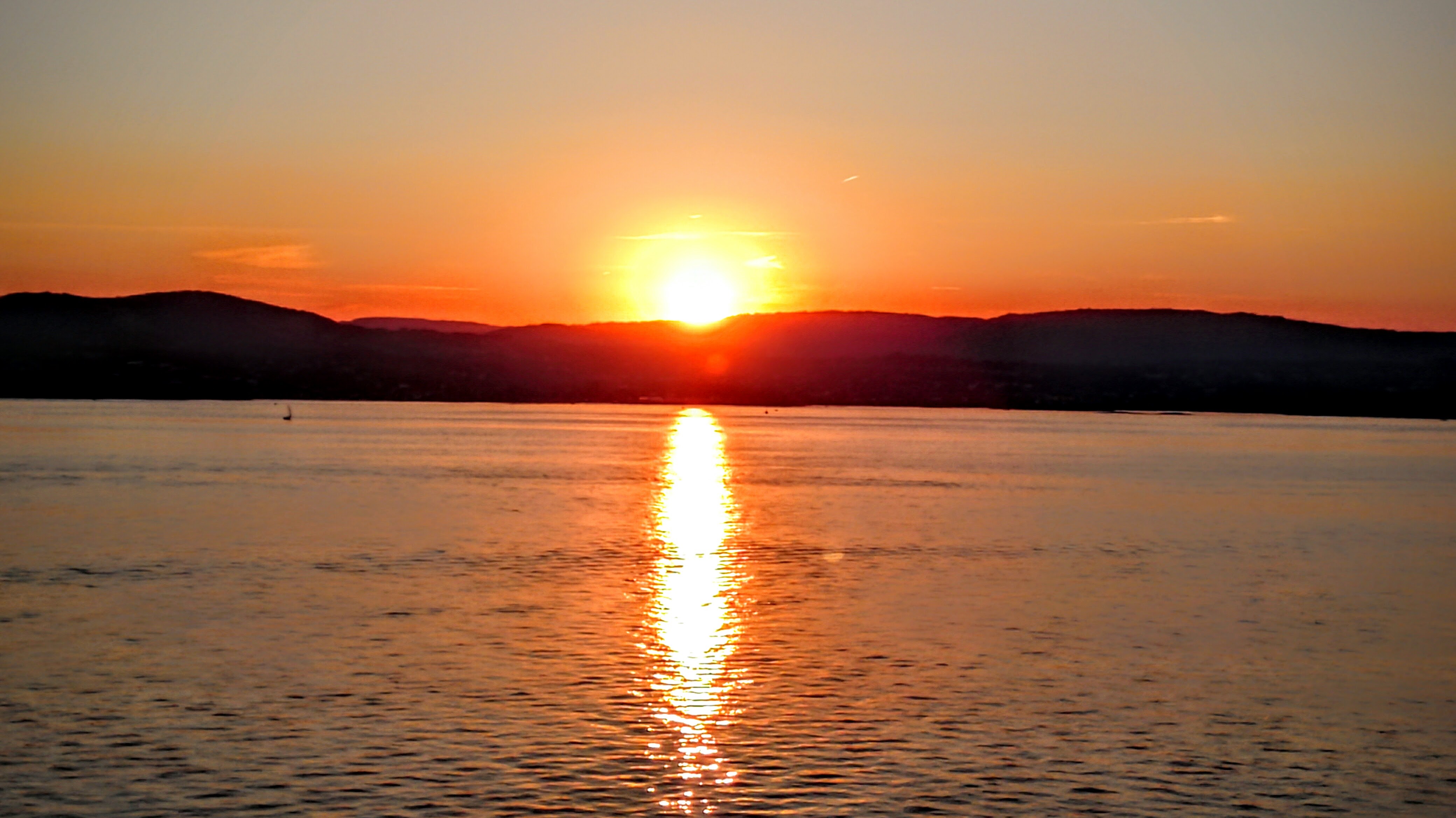

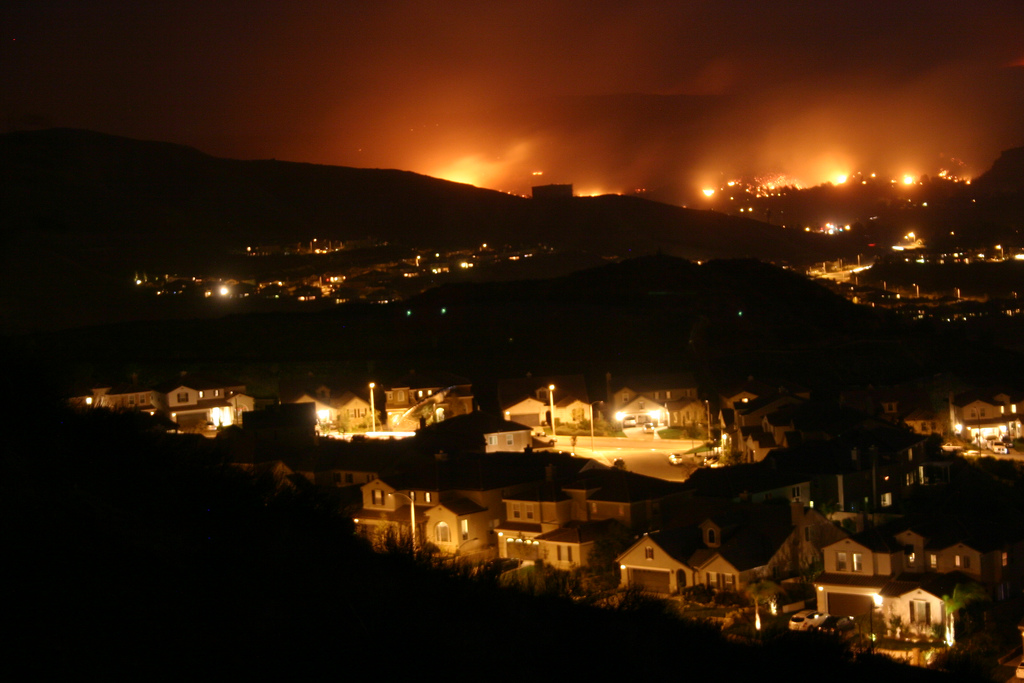 “Wildfire in Santa Clarita, California.” Image: wikimedia.
“Wildfire in Santa Clarita, California.” Image: wikimedia.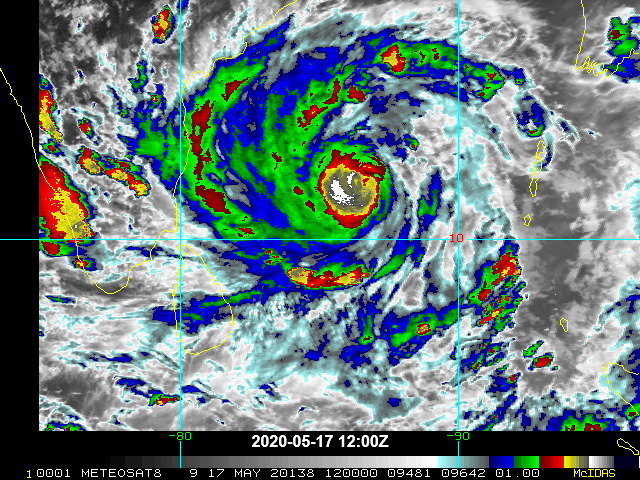 Cyclone Amphan May 2020. Image: wikimedia commons.
Cyclone Amphan May 2020. Image: wikimedia commons.